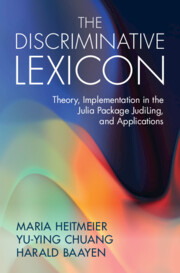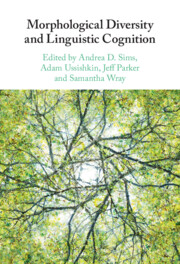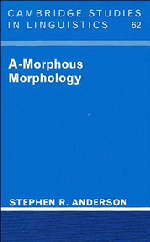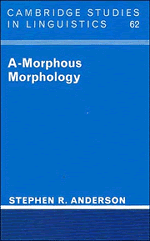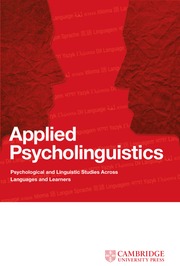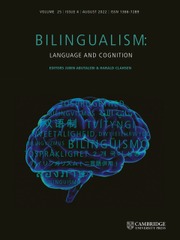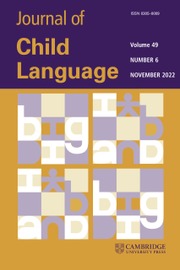The Discriminative Lexicon
The 'Discriminative Lexicon Model' is a new theory of how we process words, which moves radically away from most standard theories of morphology. This book introduces the Discriminative Lexicon from both a practical and a theoretical perspective. The first half explains the basic theory and the main parts of 'JudiLing', the Julia package implementing the theory. This is complimented by theory boxes introducing the core concepts underlying the model, such as Matrix Multiplication and the Rescorla-Wagner learning rule. The second half provides a series of case studies spanning languages as diverse as Maltese, Biblical Hebrew, Dutch, Navajo, Estonian and French, as well as multilingual settings. It also shows how behavioural data like lexical decision reaction times, acoustic durations or tongue movements can be modelled. These are accompanied by practice exercises. It is essential reading for researchers and students in a wide range of linguistic fields, including phonetics and computational linguistics.
- Introduces a new theory of lexical processing from both a theoretical as well as practical point of view, with the practical parts in the main text and theoretical background in 'theory boxes'
- Contains a large number of worked examples with exercises, enabling the reader to get direct hands-on practice
- Uses open-source packages, with all code in the book available as Jupyter notebooks in the Supplementary Materials
Product details
No date availablePaperback
9781009634595
200 pages
229 × 152 mm
Table of Contents
- 1. Introduction
- 2. Julia fundamentals
- 3. The dataset
- 4. Representing words' forms'
- 5. Representing words' meanings'
- 6. Computing comprehension and production mappings
- 7. Evaluating mapping accuracy
- 8. Producing forms
- 9. Outputting modelling results
- 10. Cross-validation
- 11. Deep discriminative learning in JudiLing
- 12. Worked examples – internal validation
- 13. Predicting behavioural data with the DLM
- 14. Worked examples – external validation
- 15. No escape from morphemes?
- 16. Further topics
- 17. Concluding remarks.

